I don’t know about you but sometimes I need some Jurassic. You know, a place back a ways, where there were little or no modern technologies, kind of like Northern Wisconsin is today. But sometimes even Northern Wisconsin isn’t far enough back. That’s when I need some Jurassic.
Fortunately for us here at the Institute we were able to get the plans for a Wayback machine from a down on his luck scientist by the name of M Peabody. Actually it was his long-suffering assistant, Sherman, who got us the plans. After a long negotiation that included the offer of food and new shoes we secured the able assistance of Sherman plus our Department of Things That Go Bump in the Night to construct the machine and the Butler building we keep it in.
We needed the Butler building, which for you non-architectural types is a large free-standing metal building, ours is big enough that we could house the Hindenburg and three of its cousins, before it exploded of course, and covers nearly 22 acres. Why so big? you ask. It’s because we here at the Institute have made some modifications in the Wayback machine since it was first constructed.
The primary difference is that in the old machine, it would transport you to the past. The new machine transports the past to you. So when you set a time on its Wayback dial it brings approximately 22 acres of the past forward into our Butler building. That way if you go in there and you find it is full of things much larger than you that want to eat you, you can quickly run out the service door and lock it behind you.
There was a small oversight in our planning however that turned out to be a slightly larger problem than we anticipated. The short story is we built the Wayback machine inside of the building and neglected to install a Goback switch on the outside of the building so we could send back our miscalculations. Fortunately we have interns. So by promising them tenure we are able to coax them into going into the building and throwing the switch. Yes, yes I know. It is hard on the interns and we do lose the occasional bright-eyed intern in the process, but many of them do make it and are rewarded with tenure, so it’s a win-win for everybody.
Yesterday we needed some Jurassic, big time. So we donned our proximity suit, steel toed boots and blue plastic hard hat with the revolving red light on the top (RadioShack 32.95 less batteries) and set the timer for Jurassic. This is where it gets tricky. Since the Wayback machine brings forward 22 acres at a time you have a split second to decide if the particular 22 acres you’ve brought forward are safe and empty of huge things that will eat you, before you hit the Goback switch and try again. We have developed a system, again with the willing participation of some our interns, where we bring along three or four of them and space them about five yards out and twenty or thirty feet apart in a semi-circular fashion in front of the control panel. That way we have a moment to decide and then throw the Goback Switch if we have to.
Before you get all high and mighty and give us crap about putting the interns at risk, you should know that they all are provided with Day-Glo vests, bear spray, a small stun gun for those stubborn beasts that make it through the bear spray, and fire-proof clothing. Plus they sign a waiver and know that we will ship their personal effects to their home of record free of charge.
We were lucky. We picked a place that was free of large carnivores and was filled with the perfect amount of fog and flowers and the nearly silent sound of butterfly wings in the underbrush. It was absolutely perfect for a few hours of silent contemplation before the timer on The Wayback machine rudely yanked us back to the present, or sent the present back, as it were. All in all it was a good day. We got our relaxation, the machine didn’t break down and saddle us with 22 acres of Jurassic permanently. The interns were mainly quiet for a change but I think that was mainly due to fear. The terror of the unknown has a wonderful focusing effect on the young. It was nice to see them high-fiving it after we were back. I listened with amusement as they told each other how they knew it would be cool, and there was nothing to be scared about, soiled clothing aside.
Above is an image showing just a small part of the Jurassic we brought forward. We had this image made for our archives as we rarely can ever bring the same place back twice in a row. If you ever need some Jurassic, or any other time period, we have package plans that are reasonable given the risk and the amount of power we expend in operating the Wayback machine. We had to buy a tuff-shed just to store the extra D-cells it takes to run this thing. You would need to pass a physical and sign our iron-clad waiver that legal spent months developing. But it’ll be fun. So come on out. Lets pick a time and go for it.
Update: One of our interns, a Jim Flopbot, who now resides in the early part of the eleventh century, leaked our Jurassic image from the archives. We noticed that shortly after that leaking the Butterfly pavilion in town now has a very similar place, in fact almost exactly the same, as our slice of Jurassic from the last trip.
Note to self: Change locks on archive door. Remind interns of Flopbot the intern now living as a serf in the 11th century. Figure out an explanation as to how we got Flopbot sent back when we can only bring stuff forward before someone writes us asking about it. Change the cat’s litter box. Pick up milk and jalapeño peppers. Ooops, sorry this is part of my shopping list. Please disregard.

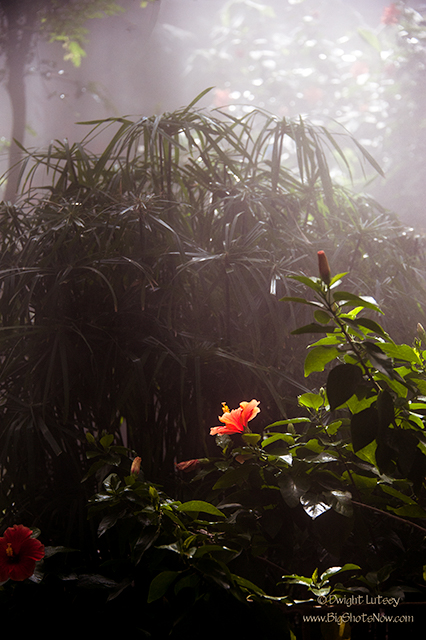
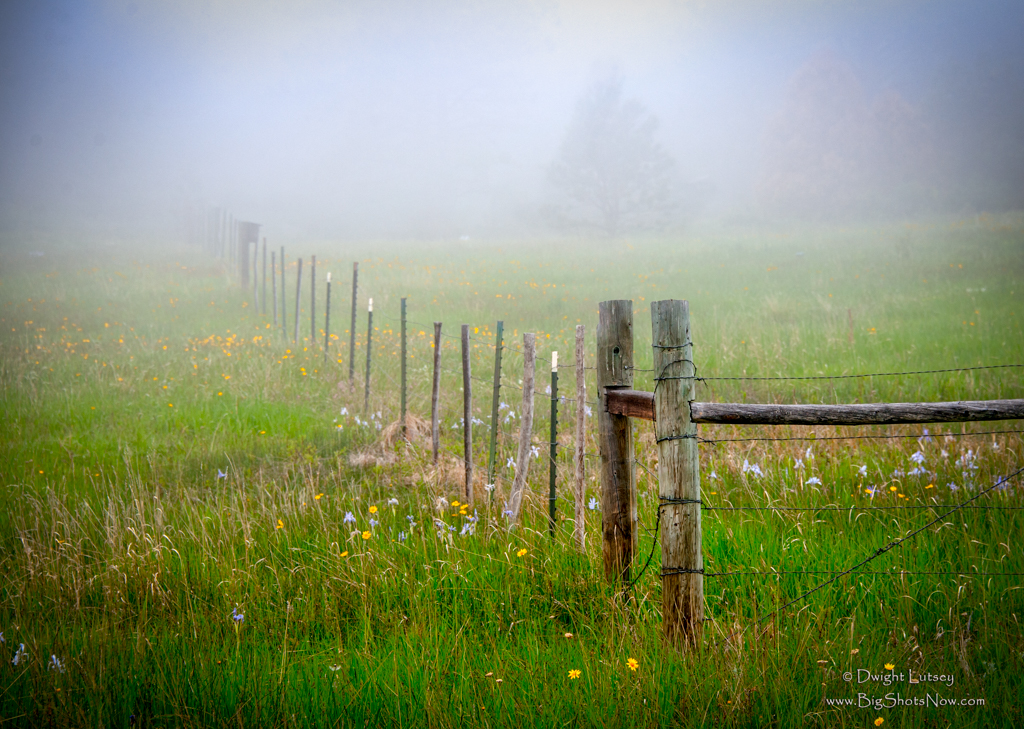
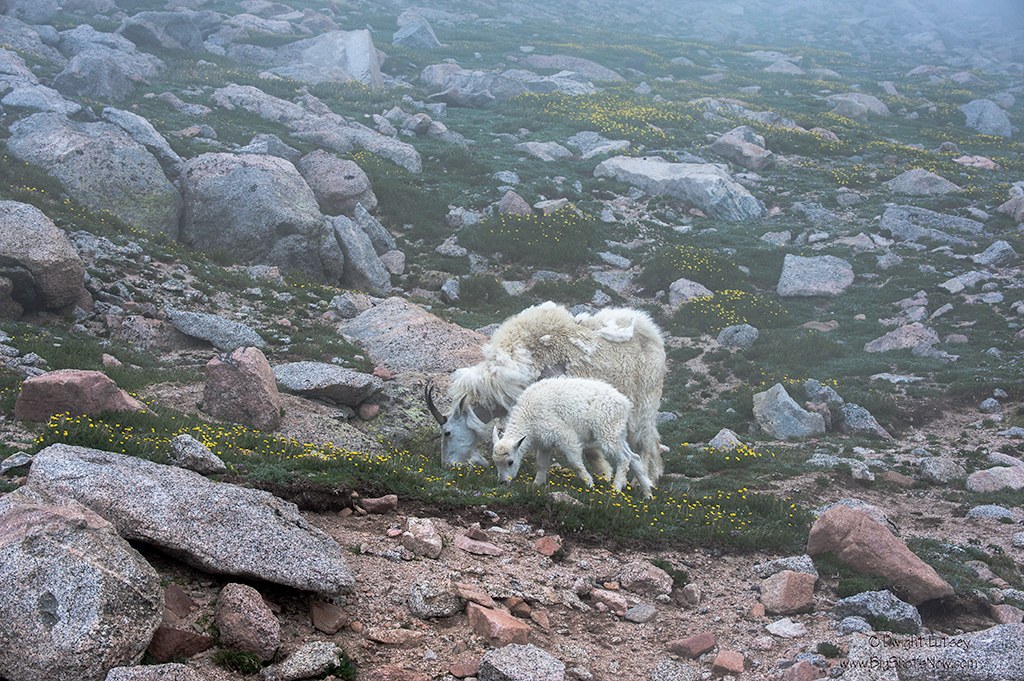
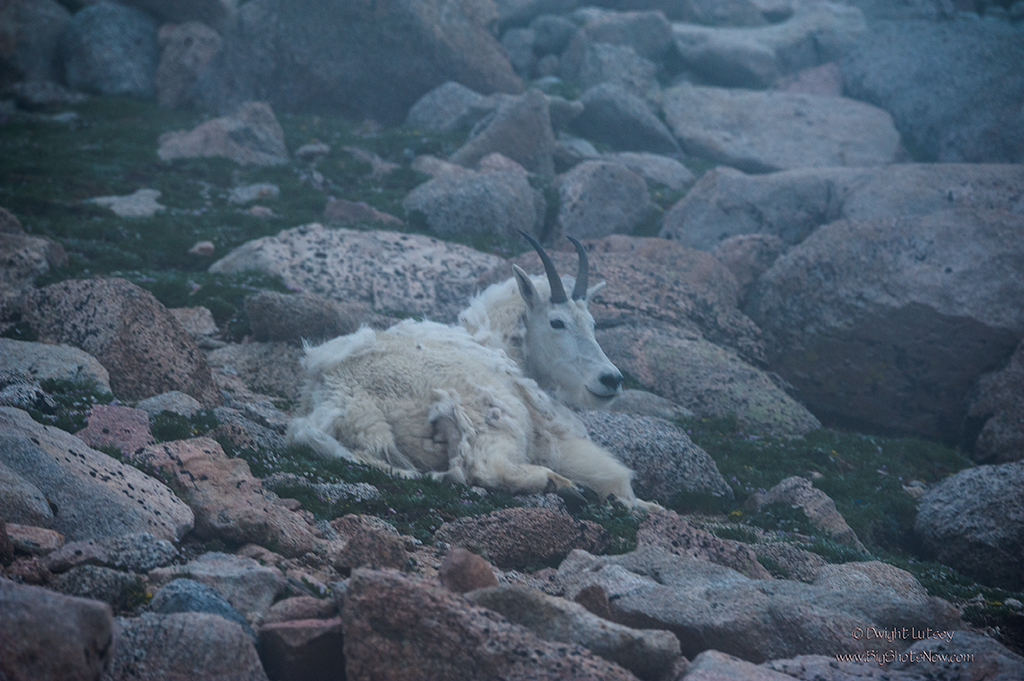
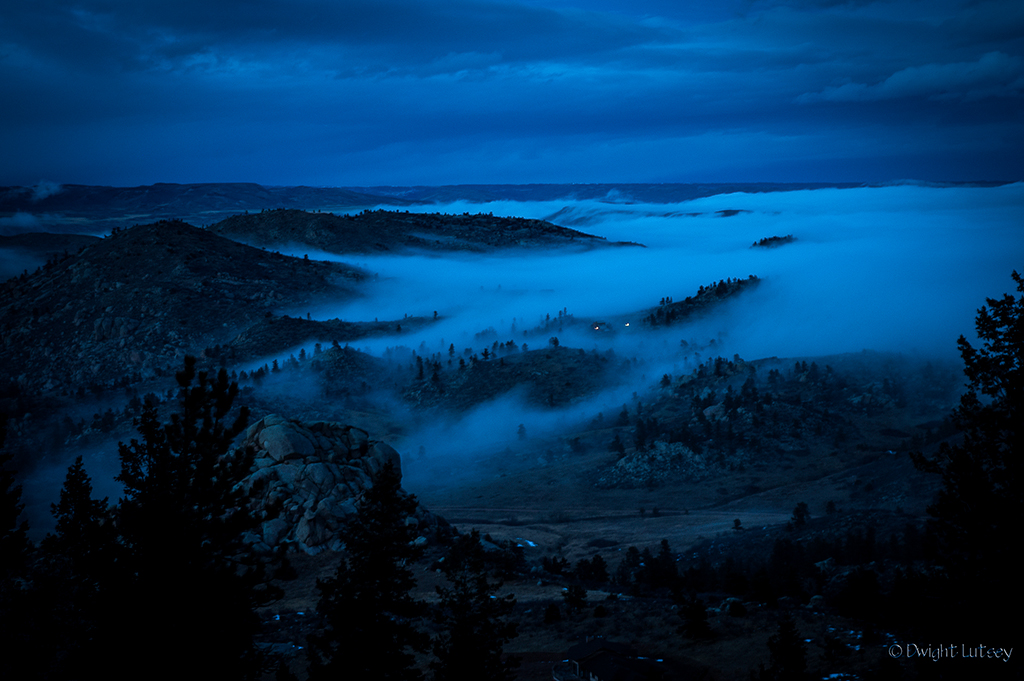
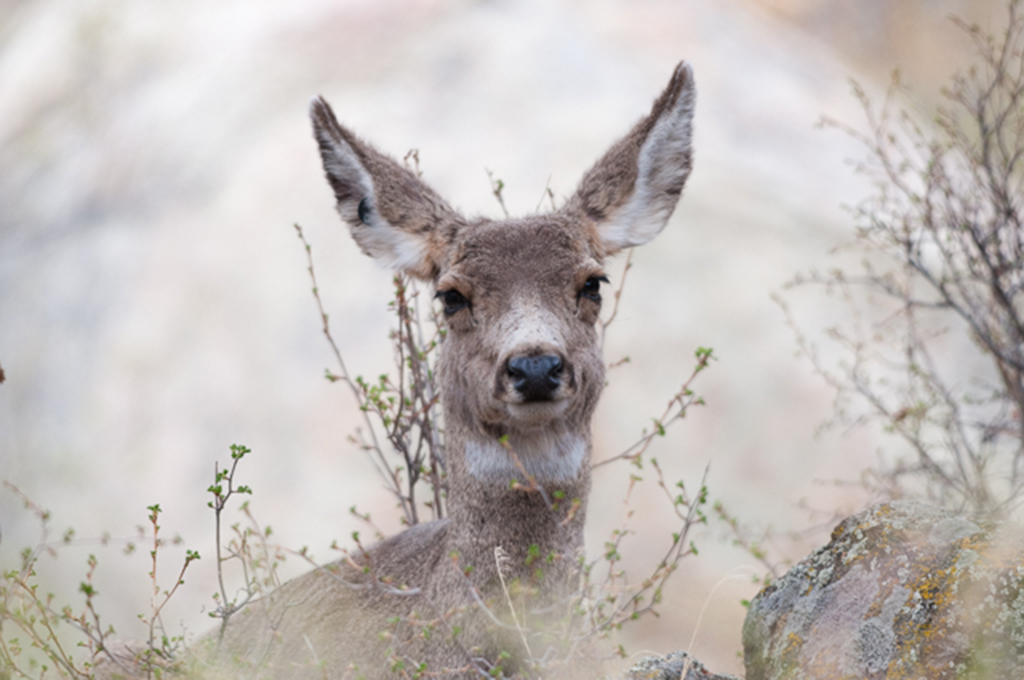
You must be logged in to post a comment.